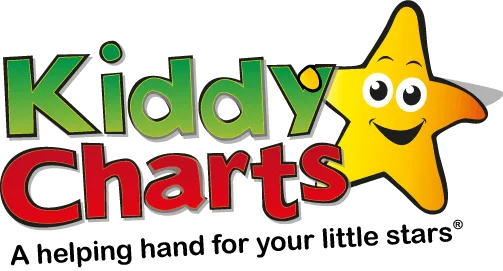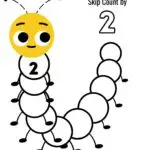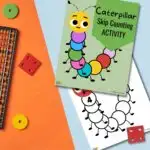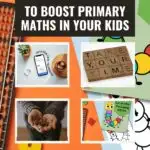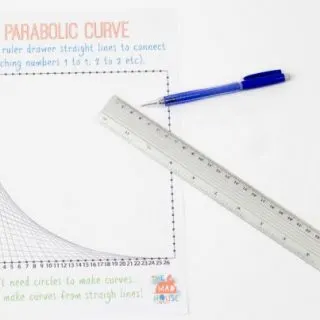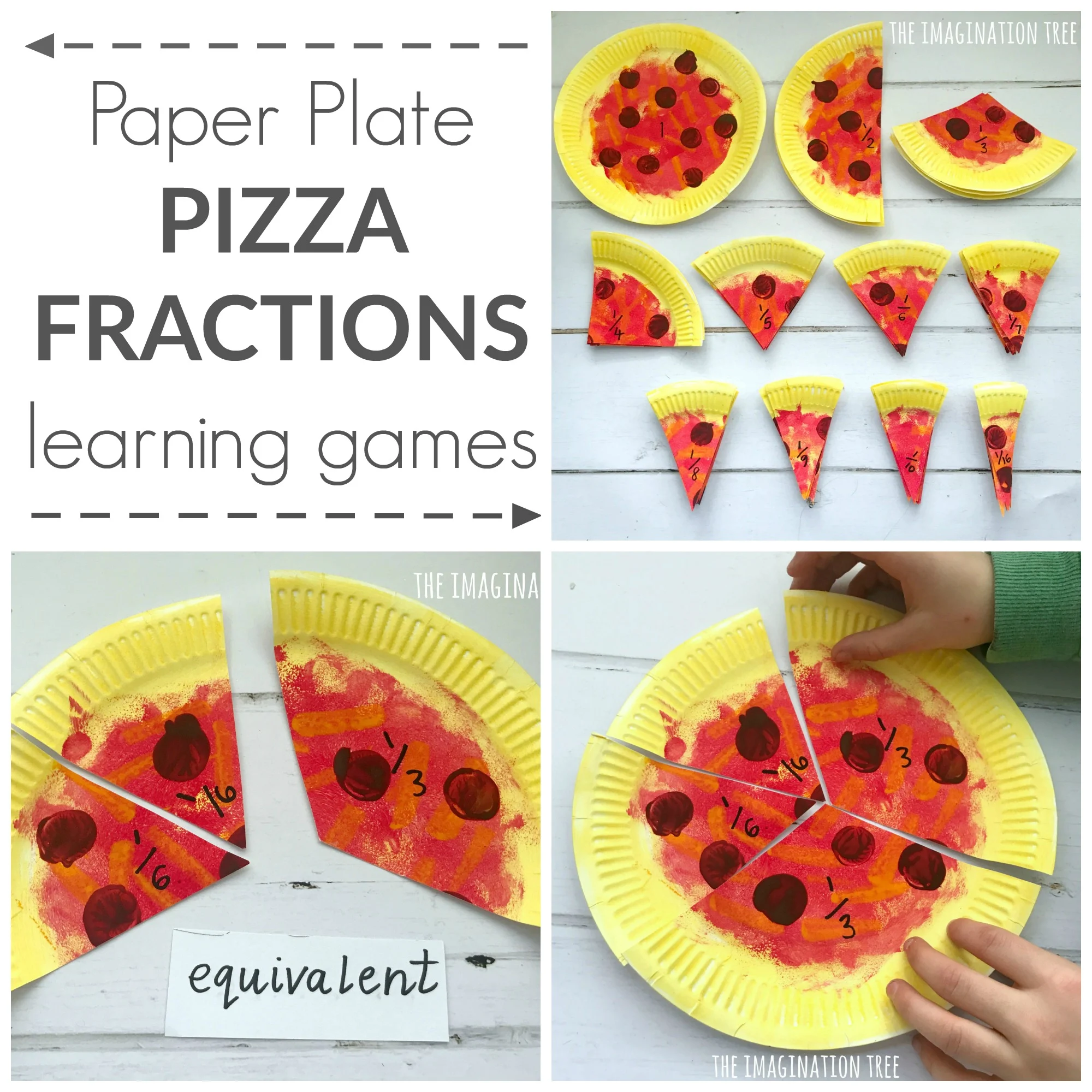As parents, and when helping kids to learn generally, we all want to help our children shine, and reach the potential they can. We are going to help today, by giving you some thoughts and ideas of how you can boost primary maths skills in your children. Maths can be a challenge for some, but the more we make it exciting, and kids learn without realising; the more successful those Maths challenges will be.
It is also helpful for us to understand a little more about that learning process too; getting that right goes a long way to supporting our children with primary maths and beyond.
This is a collaborative post with affiliate links.

1. Acknowledge your child will learn at their own unique pace
Kids are wonderfully unique.
Sometimes we forget this as parents, and even as teachers, and compare children to others in ways that are un-helpful to the development of that child.
One primary-aged child won’t be the same as another one, and so it is important for us to try and let kids learn at their own pace and in their own unique way.
There is technology out there that can help with this too. For example, Mathpid app uses AI technology to tailor learning specifically to the capabilities of the child. This helps you understand what level they are at, as well as making sure that the activities are relevant and suitable for them.

2. Make maths more exciting using technology
Technology can be a blessing and a curse as a parent, but within learning, there is always a way to use it positively to encourage and enhance our kids learning journeys.
Why not nuture a love of Maths by appealing to our kids love of technology, and use an app to develop their Maths skills?
Downloading a Maths based application for iOS or Android devices, like Mathpid, has been shown to have a significant impact on your child’s progress. For example, their Maths Camera enables you to get personalised tutoring for specific problems by taking a picture of the question that your children might need help with. The camera recognises handwriting, and then presents similar problems. It actually solves the problem for the kids, alongside providing coaching around the topic to improve skill levels intuitively. This use of instant feedback is an innovative use of technology, and allows children to practise without telling them what to do. A much better way to learn in a fun and engaging way.

3. Try some activity sheets at home that support primary maths
We’ve got loads of ideas for activities on the site, including those that are focused on developing primary maths skills. It is never too early to help your kids to understand the basics, from counting, to sorting, and everything else in between. If you can develop these skills from an early age, critical thinking and problem solving will follow.
Why not check out the Maths activities we have on the site? We also have a new set of sheets for you here too that are designed to help with step counting. These skills support multiplication, addition, and learning times tables.
We have designed the sheets so they are bright an colourful so they appeal to younger children too.
What do our step counting primary maths sheets look like
Step counting helps kids to see patterns, develop addition and multiplication skills, and work with times tables too. Our sheets are bright and colouring, with caterpillars on them.
Each caterpillar segment is a step for the children to count in, and they just follow the instructions, and write the next numbers in the sequence on their caterpillars:



We have tried to include the times tables, and steps that are most helpful for kids to learn from an early age, including 2,4 and 10 above. And 3,5 and 100 below.



We are sure that you will love these and they’ll help to keep Maths fun. Do download, just click on the button below:
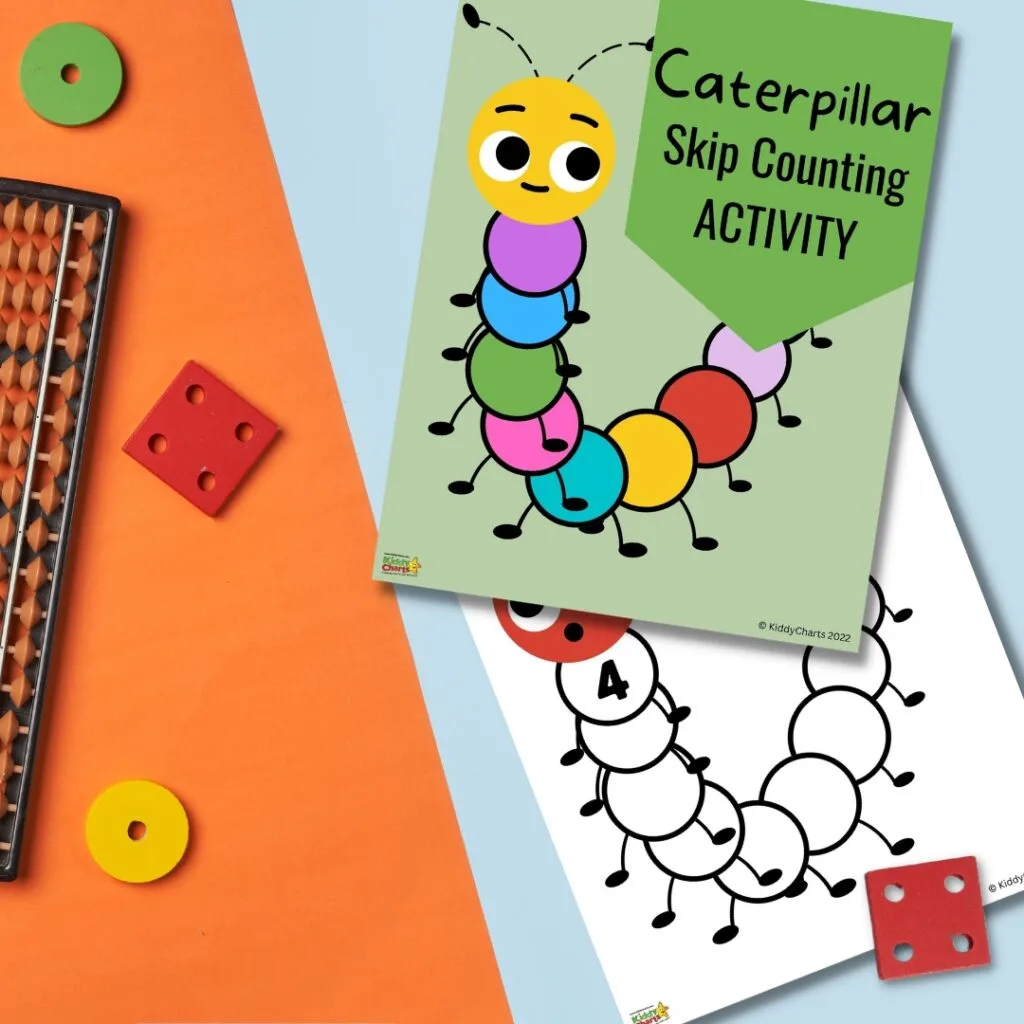
You can, of course, additionally consolidate some of the learning by combining these activity sheets with any technology you use.

For example, Mathpid will soon release a workbook in mid-December 2022. Workbooks are diagnosed and recommended by AI on the website, so focused on your child’s learning needs. It might be nice to study with a workbook during winter vacation.
4. Bring maths to life every day where you can
There are loads of ways that we can help kids to use maths in every day life. But, we don’t just mean in maths games, though using board games can be a great help. We mean thinking about the maths that kids encounter in everyday life, or in other activities.
For example, some ways you can incorporate asking maths questions with your kids, or doing activities include:
- Thinking about maths when you are doing any activity generally, e.g. counting pom poms in and out in this fine motor activity for younger children, or reading books with your children that are all about numbers. Some of our favourite are One is a Snail and Ten is a Crab, and the Shape Trilogy books where the main characters are shapes,
- Cooking and baking: This is a brilliant activity for the kids, and presents plenty of opportunities for measuring, counting, and even converting for older primary school children,
- Visiting the shops: Depending on the age of the child, it is possible to introduce budgeting to kids when you are shopping, or just helping them to get the right money for things. Alternatively, as we now tend to use less coins, you can talk about how much change you might get if you buy something. Alternatively, how much more might you need in your budget if you wanted to get a particular type of product. it is relatively easy to get them thinking about you are out and about, so why not try?
- Understanding sport: Do you have a sports mad kid? Use it to your advantage, chat to them about the league tables in football, or how many run are needed in cricket for their team to win. Get them thinking on their feet. If they are old enough, teach them to play darts and count down to get a check out!
- Get busy in the car: Chatting to our kids on the school run or in the car is often easier for them, as they don’t have to maintain eye contact. Why not sure the time to practise some of the things in maths they find hard? Alternatively, you can work out how long it’ll take to get where you are going, and use the clock to see if you are going to be late, anything that brings numbers into it in a fun way!

5. Don’t forget to ask the teacher too
If you aren’t sure what your child is doing at school, why not ask the teacher? This seems to us to be one of the most overlooked ways of being supportive to your child.
If you know what your child is learning at school, it means that you can focus on the right topics with the activity sheets you use, or the technology that you employ.
For example, you can focus on those topics covered within Mathpid that their 300 teachers and tutors have created collaboratively to engage your child. You can explore the app to find activities that suit your child’s learning at that time:

We hope you find some of these ideas helpful for boosting primary maths, if you have any other ideas do let us know, as we would love to hear from you.
Here are some of the other maths ideas that we have on the site for you:
Coding and Maths articles on KiddyCharts
Here are more of the articles from KiddyCharts that are focused on supporting kids with their coding and Maths learning goals.
10+ coding activities for kids
10+ great coding activities for kids to help them even more with the coding, and to prove to you some of the reasons why its great to learn as well!
Unicorn themed maths worksheets
Maths activities with a bit of a Unicorn theme, for all those that love these magical creatures.
Free maths angles worksheets and summer courses from Atom Learning
Atom Learning has provided us with some great Maths angle worksheets for the kids to get stuck into.
Free St Patricks Day Activities: Math Workbook
If it is St Patricks Day - we've got a whole Maths workbook for you, but its so much fun, you can do it anytime of year if you love green! 😂
Free Ladybird printable math worksheets
Love Ladybirds? Then get stuck in with these fabulous activities!
Here are also some other ideas from off KiddyCharts too, to enable you to explore other activities and ideas in primary maths:
More maths activities
Here are some more3 fabulous Maths ideas off site - check them out now and we know they will complement what we have for you on site.
Maths and Art Collide = Parabolic curves 15
Learn more about the correlation between maths and art with this post from Mum in the Mad House.
Paper Plate Pizza Fractions - The Imagination Tree
The Imagination Tree brings us this fun paper plate pizza fractions game.
App News : Maths Challenge
There are some fun ways to learn maths and this app shared by iGameMom tells you why to download it!
If you like this article, do sign up to our newsletter:
We’d love to see you on the site again too soon.
Take care,
Helen

